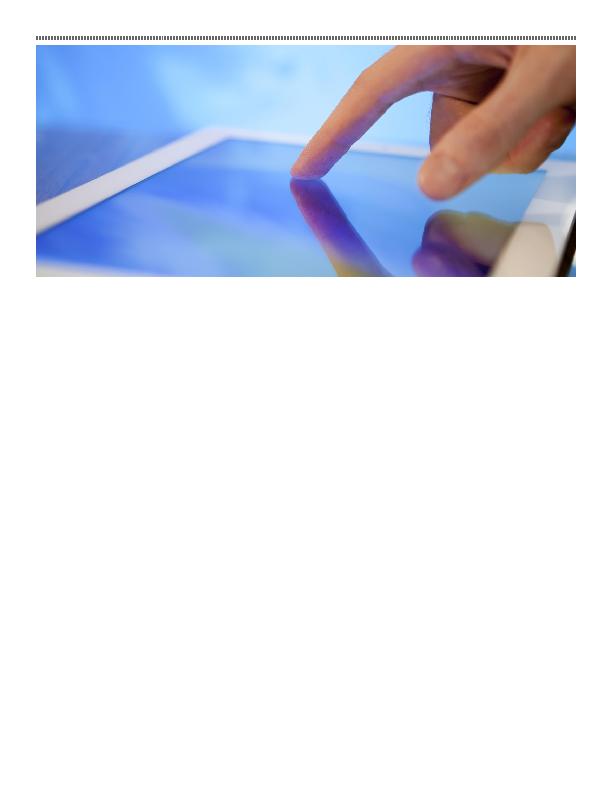
conclude that the policy prohibited them
from protesting Costco's treatment of its
employees, particularly since it included
no language excluding protected com-
munications.
The NLRB further explained that
where a challenged policy does not
explicitly restrict Section 7 rights (as in
Costco), the violation is dependent upon
showing: (1) employees would reason-
ably construe the language to prohibit
Section 7 activity; (2) the rule was pro-
mulgated in response to union activity; or
(3) the rule had been applied to restrict
the exercise of Section 7 rights.
In
terminated after posting photos of a car
accident at his employer's neighboring
dealership to his Facebook page with the
caption: "This is your car. This is your
car on drugs." The NLRB agreed with
the ALJ's finding that the posts were not
protected, but rather "a lark," that was
neither a communication with a coworker
nor related to any term of employment.
The ALJ did rule, however, that later
posts of photos of what the employee and
a coworker discussed as "cheap refresh-
ments" served at a promotional event
were protected because they were part
of an employee discussion and related
to compensation. The NLRB did not
employee was terminated solely due to
unprotected activity.
Decisions in Hispanics United (unlaw-
ful discharge for Facebook conversation
employer considered "bullying conduct")
and Design Technology Group (unlawful
termination for Facebook "protest" about
working late hours in unsafe neighbor-
hood) followed in December 2012 and
April 2013, respectively.
view of what constitutes protected social
media activity considering it the modern-
day equivalent of "water cooler" speech.
adjudication,
drafting a policy. A full discussion of
their analyses is beyond the scope of this
writing, but some key general principles
emerge.
following examples of policies deemed
unlawful because "overly broad" and
potentially "chilling" to an employee's
right to engage in protected speech:
1. "Blanket" bans prohibiting:
products.
"inappropriate" photos of em-
ployer or coworkers.
authorization).
information is included).
rization.
employees or to attach disclaimers
to personal posts.